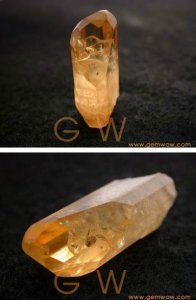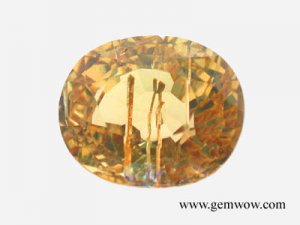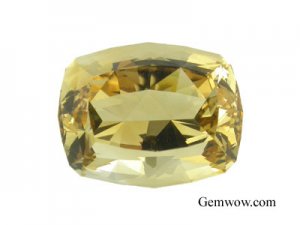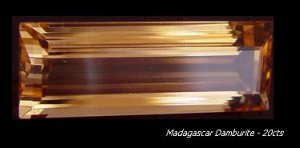mogok
Shiny_Rock
- Joined
- Jan 20, 2004
- Messages
- 408
Hello,
One question that trouble me from times to times: Does somebody knows what is the origin of the yellow color in Danburite?
Very fine quality yellow Danburites can be found in Mogok, Burma, in Madagascar and possibly in Mexico.
They dont show any spectrum...
Can anybody give me any verified information about this?
Thanks
One question that trouble me from times to times: Does somebody knows what is the origin of the yellow color in Danburite?
Very fine quality yellow Danburites can be found in Mogok, Burma, in Madagascar and possibly in Mexico.
They dont show any spectrum...
Can anybody give me any verified information about this?
Thanks










300x240.png)